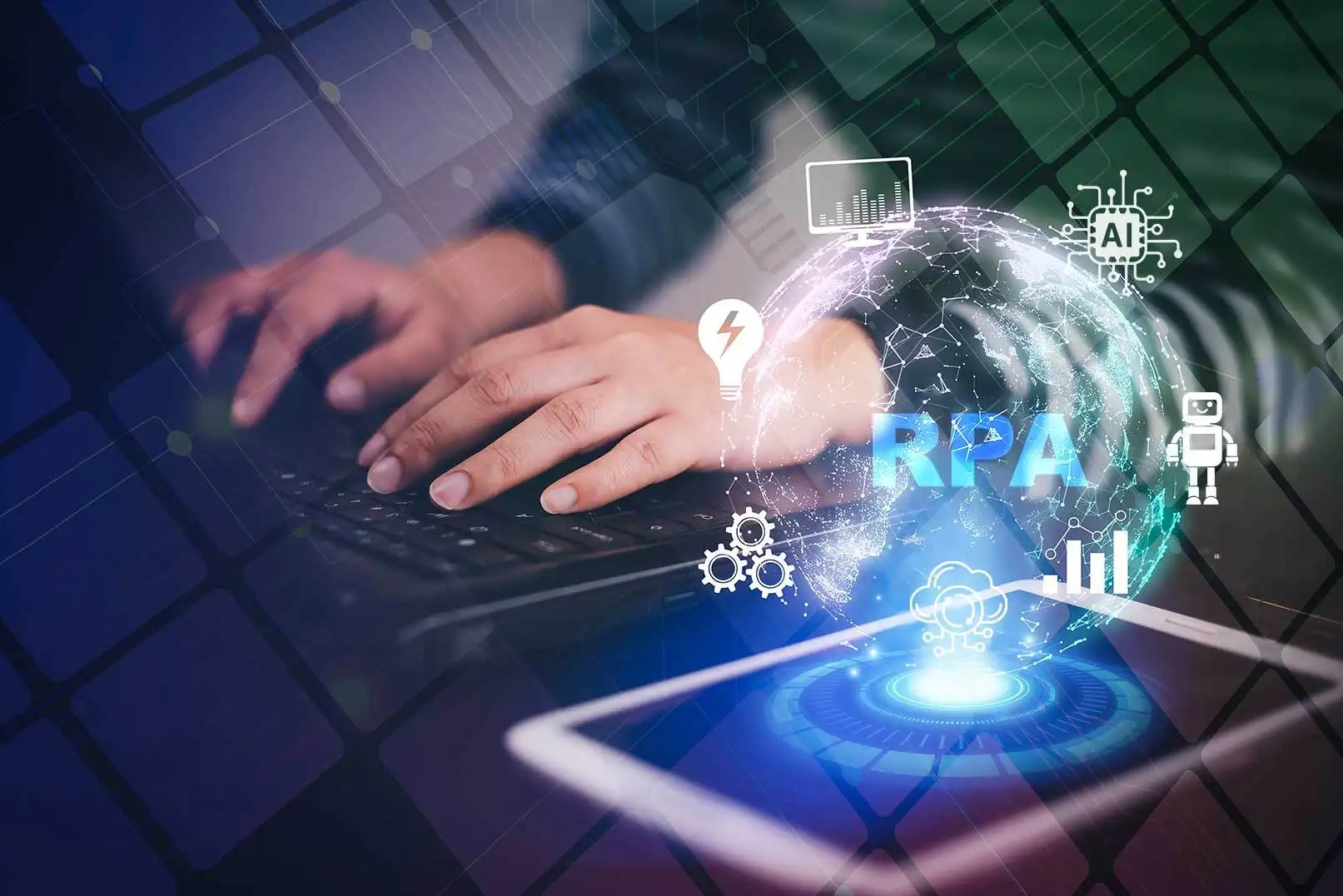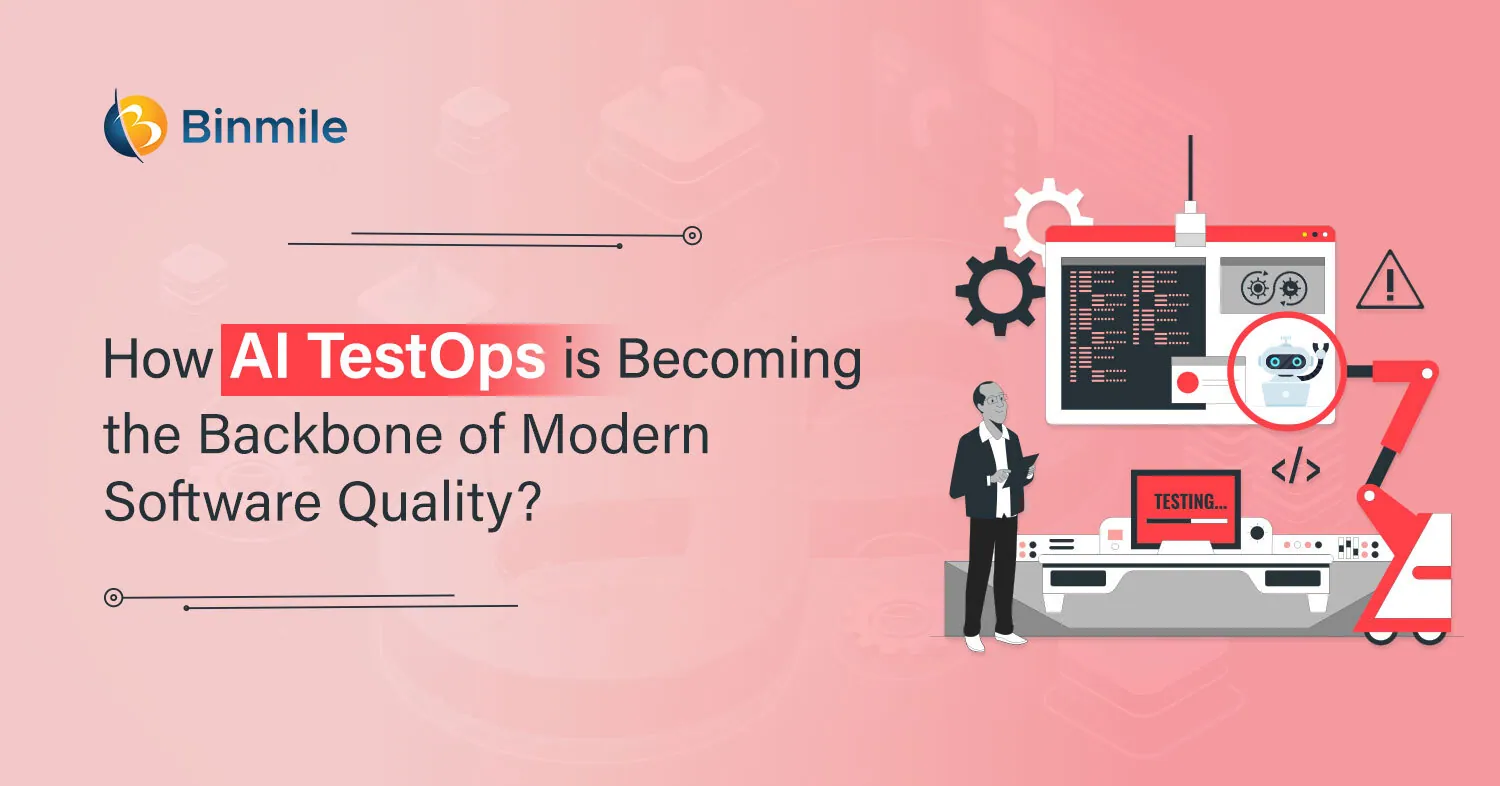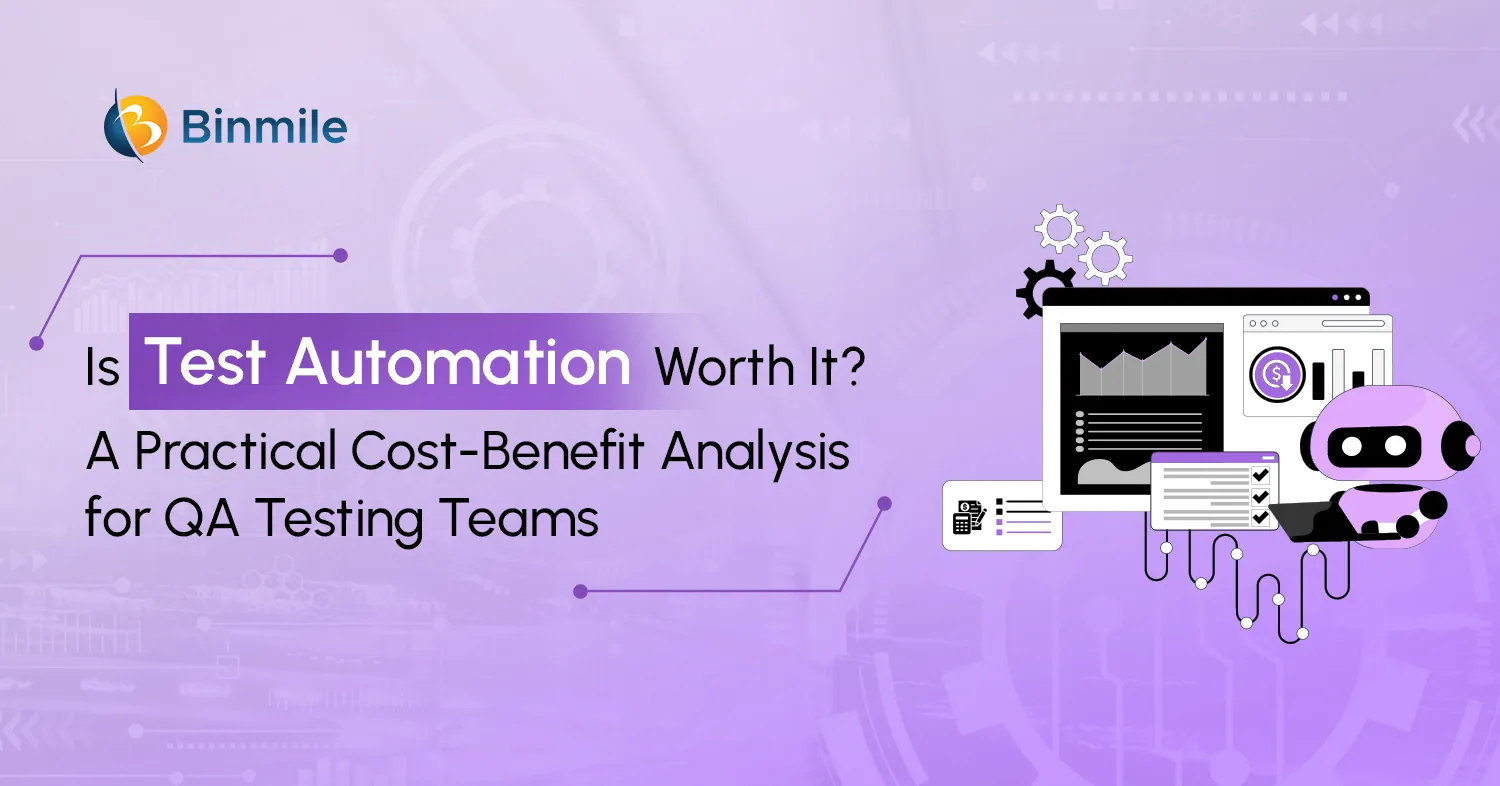Over the past few years, businesses have accomplished a sizable range of digital process transformations, digitizing manual labour and decommissioning obsolete systems. However, there are still gaps in organizational capabilities to manage lean, efficient operations. As business speeds up today, automation is the key to agility and efficiency. According to a recent forecast, IDC predicts that convergent AI-powered automation throughout all business lines and IT operations will have a significant economic influence on the world, with a value close to $3 trillion by the end of 2022.
However, when it comes to choosing the best automation solution for a digital transformation journey, businesses often strive to choose between Robotic Process Automation, Intelligent Automation, and Hyperautomation. Many companies encounter complex problems as a result of their hasty attempts to get scalable results without any previous knowledge of digital process automation. As they accept new digital technologies without recognizing the necessity to first re-engineer their current business processes, some companies wind up with a considerably more extensive array of standard operating systems.
Let us learn the difference between the three automation processes to understand their usage and implementation better.
What Exactly is Robotic Process Automation (RPA)?
Robotic Process Automation (RPA) is the simplest form of business process automation. RPA can be characterized as a non-intrusive integration technique used to automate normal, repetitive, and predictable processes through coordinated UI interactions that resemble human actions, according to Gartner. RPA technologies can handle the most basic operations, which can save RPA developers a huge amount of time and effort and are primarily driven by pre-programmed scripts, APIs, and other tools. Examples include actions like copying files, checking inputs, issuing scheduling messages, and extracting data from forms.
The RPA implementation process plays a vital role in laying the groundwork for broader automation strategies. RPA serves as the cornerstone for Intelligent Automation and Hyperautomation. To enable engagement with the software without writing the interactions, these requirements demand an RPA platform. Without Robotic Process Automation, automating interactions would necessitate the development of numerous new connectors to allow Artificial Intelligence (AI) to draw data from as well as initiate actions to the different corporate systems containing the information needed for processing.
Benefits:
- Efficient in processing structured data outputs
- Can extract data from any valid inputs or source
- Saves time and manpower
- Reduce errors
- Rule-based back-office task automation
What is Intelligent Automation?
To improve on what RPA provides, Intelligent Automation incorporates cutting-edge technology like machine learning (ML), natural language processing (NLP), intelligent data processing, and structured data programming. From running analytics to applying conditioning logic, Intelligent Automation is capable of handling a wide range of activities. It can aid organizations in processing higher-function activities that call for an understanding of thinking, judgment, decision-making, and analysis.
Furthermore, implementing intelligent automation offers decision support not only through its thinking but also through its doing. Combining RPA and AI can enable enterprises to extract and evaluate data from a wide range of corporate systems. For example, assessing any available contexts to recommend the appropriate response to the business, depending on the user’s responses.
Benefits:
- Lowers overall operational costs through improved productivity and augmenting workforce
- Increases data accuracy, and data quality
- Improves customer satisfaction with quality service and quick response times
- Adaptable to the evergrowing and ever-changing market scenario
Also Read: Artificial Intelligence Vs Intelligent Automation
What is Hyperautomation?
The term Hyperautomation was first coined by the IT research and advisory firm Gartner as one of the top 10 strategic technology trends in 2019. Gartner defines Hyperautomation technology as “a business-driven, disciplined approach that organizations use to rapidly identify, vet, and automate as many business and IT processes as possible.”
Hyperautomation leverages numerous new-age technologies, tools, and platforms to create an end-to-end digital process automation ecosystem. Technologies associated with Hyperautomation include optical character recognition (OCR), artificial intelligence, intelligent document processing (IDP) and natural language processing (NLP), machine learning, Robotic Process Automation, data analytics, big data, and iPaaS. A primary objective is to enhance human abilities so that they can streamline processes more quickly and efficiently.
Hyperautomation infuses AI and ML tools with RPA to enable cognitive automation for repetitive tasks. Combining the two, Hyperautomation allows the power and flexibility to automate the areas where automation was considered impossible. Hyperautomation in business is indeed the future of digital transformation.
Benefits:
- Eliminates repetitive operational lines
- Automating manual task force
- Increases accuracy with reduced costs
- Improves customer experience through accurate solutions and faster response rates
- Streamlines internal operations and processes on a broad scale
RPA vs Hyperautomation vs Intelligent Automation
| Features | Robotic Process Automation | Hyperautomation | Intelligent Automation |
| Primary Use Cases | The scripting of simple, repetitive tasks, requiring the manipulation of data and/or user interfaces. | Automation of standard operational workflows and multi-step tasks based on intelligent algorithms | Automating multi-step processes and standard operational workflows with cognitive processes. |
| Core Technologies | Automating back-office tasks based on rules. Improved productivity and staff efficiency.Reduced error rates. | Machine learning and artificial intelligence use cases with OCR, ICR, NLP, IDP, etc.Intelligent business process management suites (iBPMS).Low-code/no-code tools.Software architecture based on events integration platform as a service (iPaaS). Robotic process automation (RPA) packaged software. | Enhanced Workforce performance and augmentation cross-processes.Efficient analytics. Automating customer-facing processes with chatbots. Scalability across other use cases without compromising quality. |
| Level of Difficulty | Low | High | Moderate |
| Implementation | Due to their non-invasive and versatile nature, a wide range of business applications can be handled using robotic process automation with ease. An ROI-proven approach with rapid time-to-market. | The delivery of outcomes requires the maturity of the digital infrastructure and meticulous cross-system orchestration. The long-term ROI of this approach is the highest, but the time-to-market is the longest. | Data access and a suitable deployment environment are essential for IA tools. Legacy systems may not be compatible. Higher ROI, but slower time to market |
RPA to IA to Hyperautomation, Which one to Choose?
The adoption phase for any commercial automation technology varies from company to company based on the expertise, intricacy, and standardization of the current business process automation. Gartner predicts that by 2024, more than 70% of larger businesses will have to oversee more than 70 Hyperautomation activities running concurrently, all of which need strategic administration to avoid serious instability.
It is, however, important to consider many variables before starting, scaling, or extending automation technologies to optimize processes, people, and data on a commercial level. The following considerations might help in determining the best automation procedure to choose-
- Construction of an efficient digital process automation roadmap based on the primary needs of the company.
- Conduct a thorough business study to determine the present workflow gaps, especially which systems call for switching between them to collect data or input.
- Strategies which operations need automation and which one can perform manual tasks using process mining techniques.
- Identify the best automation based on the existing automation portfolio.
Now, leverage digital process automation to shift your business towards a better future.
Conclusion
With the evolution of technology in the industry, it is apparent that Robotic Process Automation, Intelligent Automation, and Hyperautomation will remain in existence since stronger AI engines enable decision-making within the company’s operations. Although applying them in a cognitive automation process can create many layers, initiating them may be a challenging task.
With the appropriate kind of assistance, implementing automation can be a cakewalk, even though it appears to be a difficult procedure. Binmile is a one-stop platform offering well-versed services to examine and improve any business process automation. Leveraging the power of an advanced software development company, Binmile ensures a full range of quality assurance services with enhanced performance to deliver the best of the services. Automate now for a better future with the power of automation services from Binmile.
Frequently Asked Questions
In the context of robotic process automation vs AI, RPA is typically more affordable as it automates simpler, rule-based tasks with fewer requirements for sophisticated data processing. AI, however, requires more investment in terms of data, training algorithms, and infrastructure.
RPA enhances intelligent automation by automating repetitive, rule-based tasks while allowing AI technologies to take over more complex functions. By integrating RPA with AI, businesses can streamline processes, improve accuracy, and achieve higher efficiency. This combination of RPA intelligent automation enables organizations to create a seamless workflow where RPA handles data entry and processing, while intelligent automation analyzes data and makes informed decisions, leading to smarter business operations.
Some common challenges include:
- Scaling automation across multiple processes and systems
- Managing unstructured data and AI model training
- Integrating new automation technologies with legacy systems
- Ensuring governance, security, and compliance
- Continuous monitoring and optimization of automated processes









